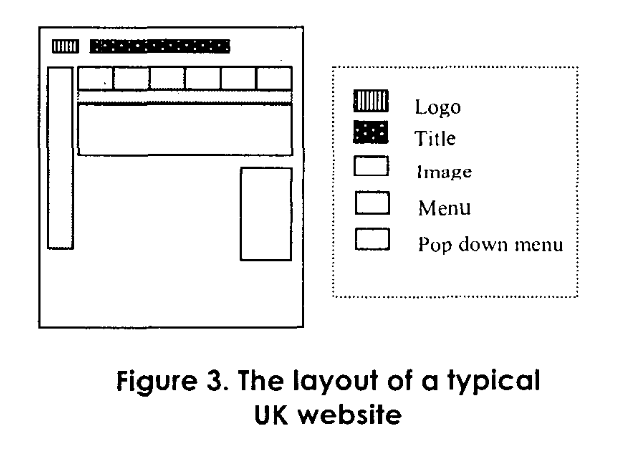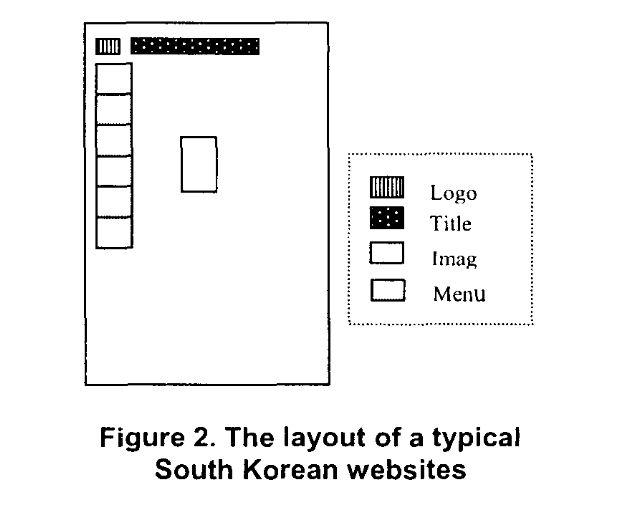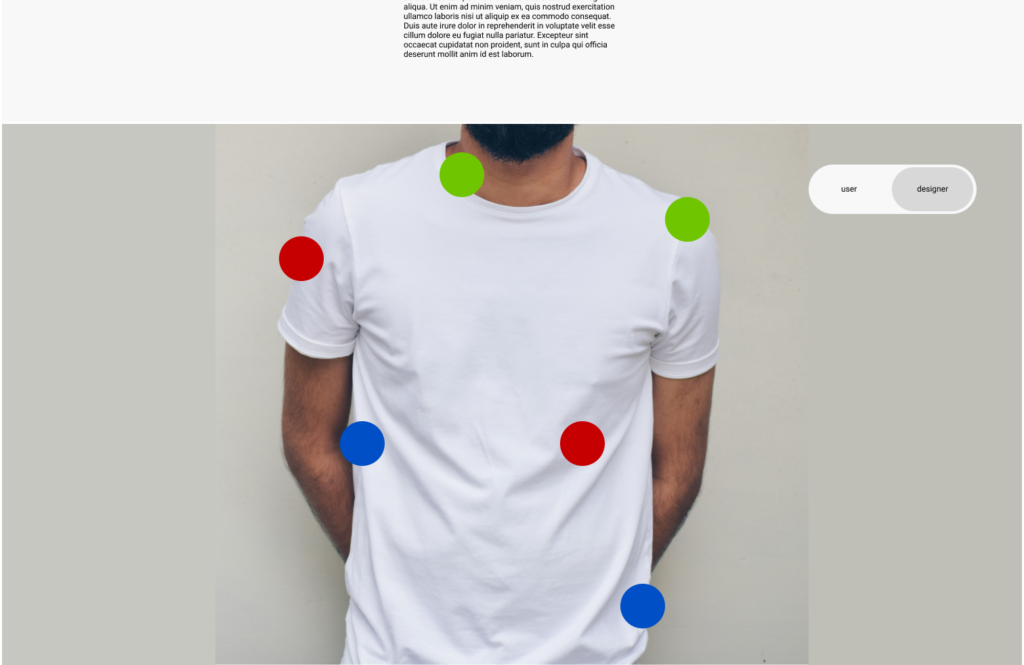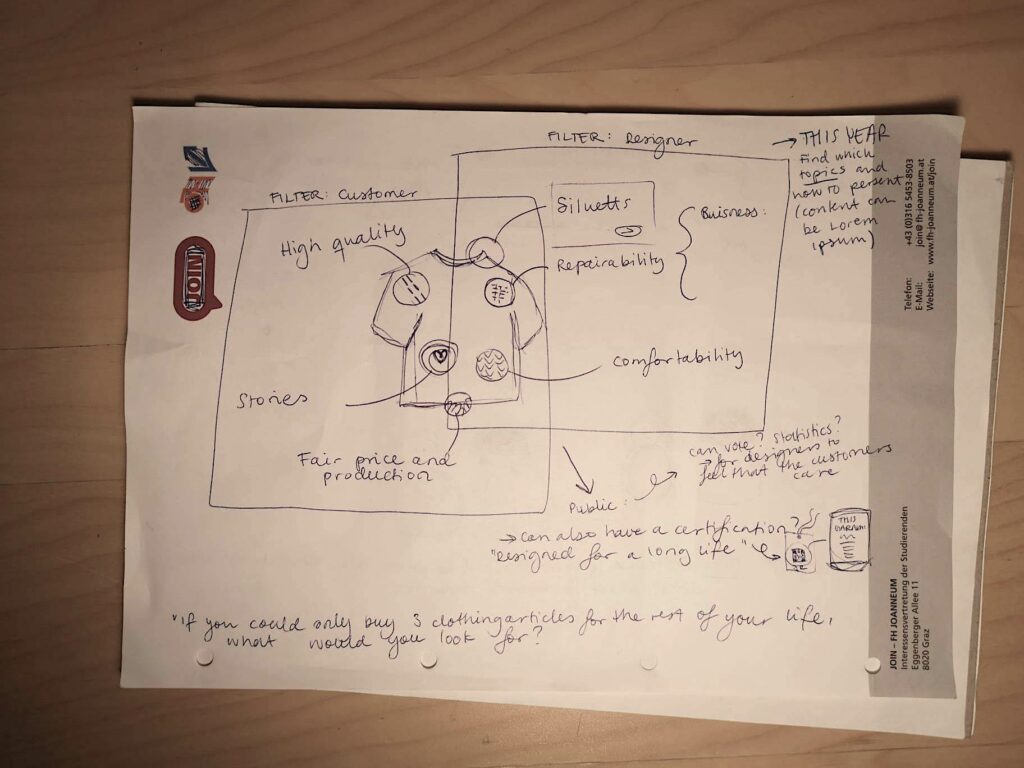Some design Patterns might be relevant in international context. Design patterns are commonly assumed to possess universal validity, but it’s important to recognize that they are inherently contextual. Each design pattern is intricately linked to a specific environment, and the extent to which these patterns hold true in diverse cultural contexts remains largely unexplored by researchers. Consequently, the validity and effectiveness of design solutions in different cultural settings have yet to be thoroughly examined.The proposed design pattern network can be likened to a design system, such as service design, in which each individual element (design pattern) comprises a combination of socio-technical components. These components encompass technology, team management and tutoring, and social interaction. However, not all of these components are given equal consideration within a design pattern. Some patterns prioritize technological aspects, while others emphasize social mechanisms, team management, and tutoring. certain patterns may not achieve equal success across different cross-cultural contexts while certain design patterns have universal applicability. [1]
In the paper Mobile Gaming with Children in Rural India the researchers outlines the approach, which leverages game design patterns commonly observed in successful earlier games, utilizing them as fundamental building blocks to inspire and inform the development of new game designs. Games also have design patterns which are relevant for the success of the game and they help designers with less experience to design a good game. Björk, S., and Holopainen J pubilshed a compendium of Patterns in Game Design in 2005.The experiment showed that generalizing patterns might not lead to the best results. There are crucial contextual factors that must be considered when employing patterns to design mobile games especially for the target users in rural India. On one hand, patterns can indeed serve as fundamental elements for crafting successful games. However, on the other hand, if patterns are not applied in a manner that aligns with the contextual and cultural nuances, it is likely to result in bad gameplay experiences.Another interesting result was that time pressure, which is often employed to enhance the challenge and engagement of games, might not work as good with people that have less experience with playing video or computer games. Another finding was aesthetics especially colours are very important for the user experience. If players could change the colours of the game to their likeings makes the game experience even better. The stong relation to colour might be related to the indian culture were vibrant colours are part of every day life and cultural events. [2]
In the paper of Oh, JM., Moon, N. Towards a cultural user interface generation principles the authors discuss various faktors thaht are relevant for good UI related to culture. Techno-social design involves the combination of technology and social interaction to facilitate and understand communication between people or between people and technology. Many apps and websites today are international, so it is also important to do global design. Culture-centred design can be understood as a design process that focuses on the intended user group and their cultural environment. Design decisions should therefore also take cultural specificities into account. The behaviour of users, or their behavioural pattern, is strongly dependent on their cultural background. The cultural dimensions model reveals the attributes of content consumption and the preferred types of content based on cultural regions. In the United States, there is a significant interest in news, broadcasting, economy, and sports, whereas in Japan, the interest is primarily focused on news, economy, sports, and shopping. On the other hand, in China, the interest tends to prioritize broadcasting, economy, the latest issues, and news. The existence of country-specific preferences for both websites and mobile application usage highlights the importance of considering cultural user interface (UI). Cultural UI should not only encompass visual factors but also prioritize information structure based on cultural preferences. Cultural markers are a methodology to identify and incorporate signs and cultural symbols within different cultures, serving as important design factors for interfaces. This includes colors, layout, language, icons, and sounds that resonate with specific cultural groups. By leveraging cultural markers, the unique cultural characteristics of each country can be naturally conveyed to users. It is also important to incorporate cultural specifics into the “look & feel” of the application or website. The crucial elements of cultural markers (CMs) encompass color, language, text/typography, and layout which are implemented as factors that are reflected in visual design. But The sole application of all processes that incorporate cultural preferences and characteristics might lead to unwanted rsults. Therefore, the implementation of Cms should involve relevant designers and experts. A UI that incorporates cultural characteristics delivers exceptional usability, a sense of affinity, effortless navigation, reliability, and a high-quality user experience. Moreover, it fosters a personalized and interactive interface at an individual level. [3]
The research of cultural markers in websites from 2003 highlights the significance of cultural dimensions when designing websites for diverse cultural environments. The values and visual characteristics of “cultural markers,” essential attributes in web design show variations for different cultures. The study had a checklist of general design elements and culturally specific design elements, referred to as “cultural markers,”. The study was conducted and compared with 40 website in South Korea and the UK. The researchers made a list of attributes. They had 3 categories in which they compared the websites. First were the verbal attributes such as language, formats of time, date, phonenumbers etc.; Visual attributes like images, colour, typefaces and layouts. The third categorie was audiovisual attributes like sound, animation and 3D. The findings indicate minimal differences in format, 3D, sound, logo placement, title placement, and typography of text. However, notable differences exist in color, menu placement, menu layout, and text animation and movement, which are considered significant factors. [4]


[1] Schadewitz, Nicole (2009). Design patterns for cross-cultural collaboration. International Journal of Design, 3(3) pp. 37–53.
[2] Mobile Gaming with Children in Rural India: Contextual Factors in the Use of Game Design Patterns, Matthew Kam, Vijay Rudraraju, Anuj Tewari and John Canny, 2007
[3] Oh, JM., Moon, N. Towards a cultural user interface generation principles. Multimed Tools Appl 63, 195–216 (2013). https://doi.org/10.1007/s11042-012-1017-0
[4] R. Juric, I. Kim and J. Kuljis, “Cross cultural Web design: an experiences of developing UK and Korean cultural markers,” Proceedings of the 25th International Conference on Information Technology Interfaces, 2003. ITI 2003., Cavtat, Croatia, 2003, pp. 309-313, doi: 10.1109/ITI.2003.1225362.



